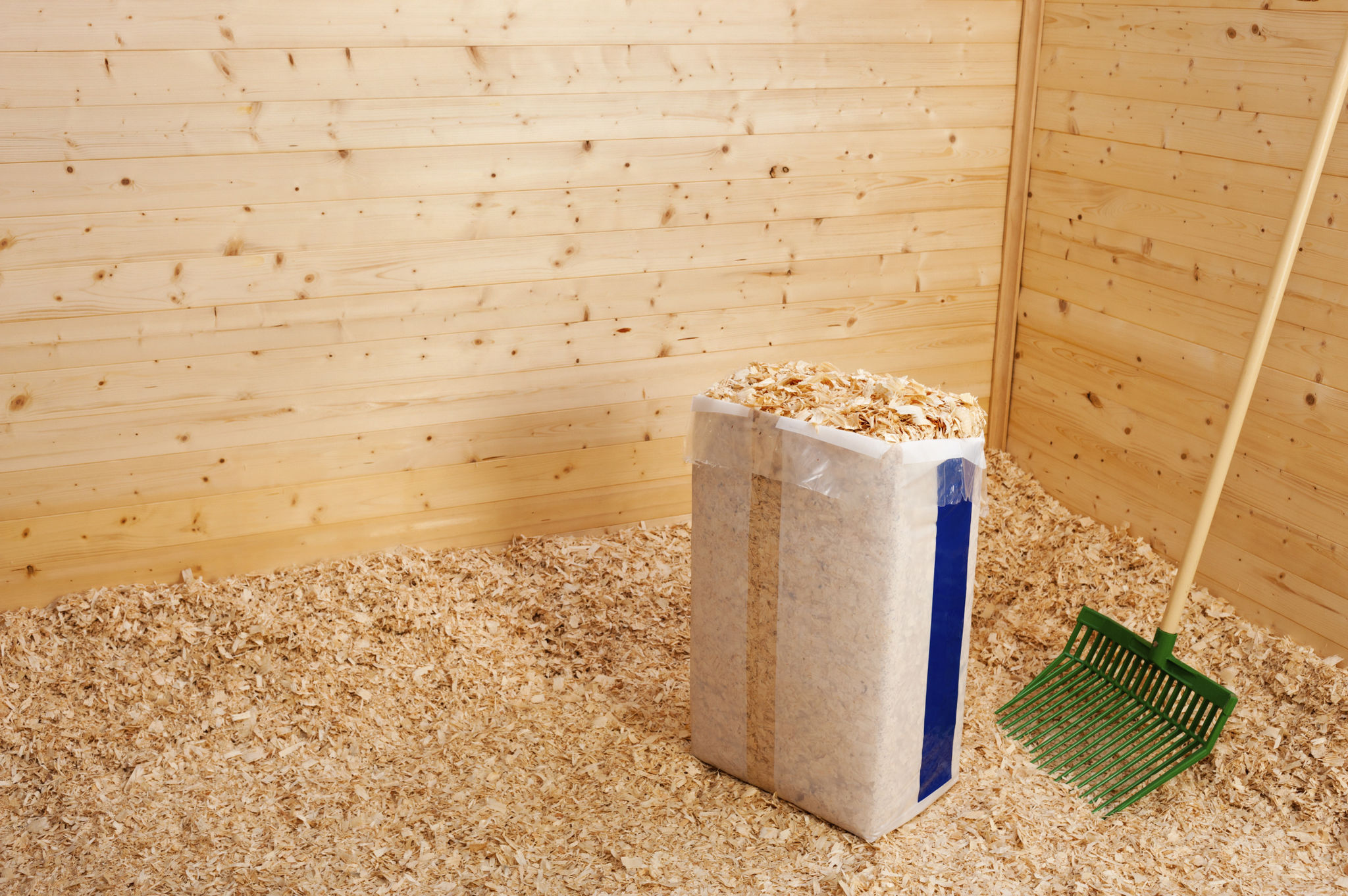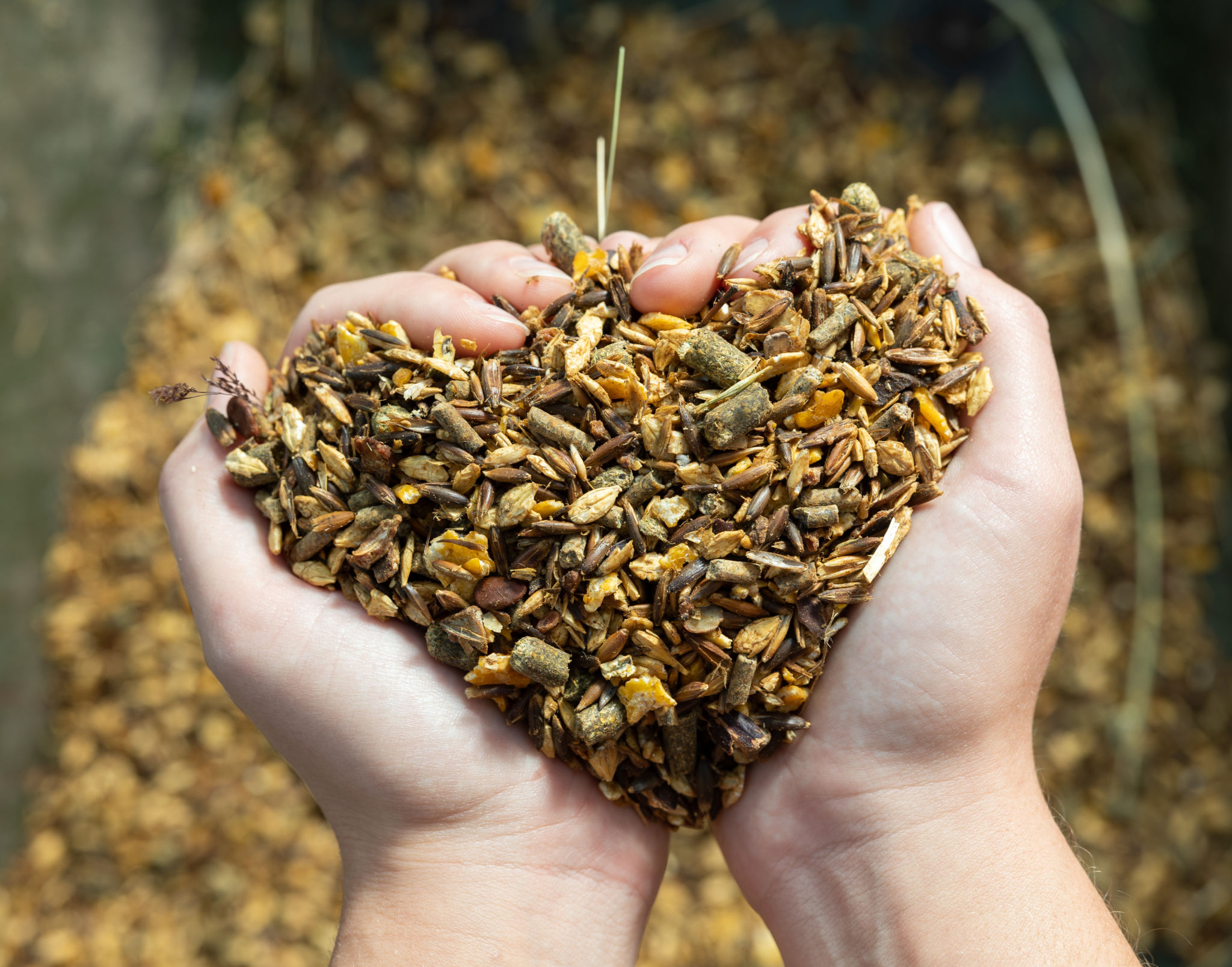Expert Tips for Reducing Waste in Horse Stables
Introduction to Waste Reduction in Stables
Managing a horse stable efficiently involves not only ensuring the well-being of the horses but also maintaining an environmentally friendly operation. One of the key aspects of this is reducing waste. Here are some expert tips to help you minimize waste in your stables, contributing to a healthier environment and potentially lowering costs.
Implementing Efficient Bedding Practices
Bedding is a significant source of waste in horse stables. Opt for high-quality, long-lasting bedding materials that are more absorbent. This reduces the frequency of changes, thus decreasing waste. Consider materials like straw, wood shavings, or recycled paper, which can often be composted after use.

Composting Used Bedding
Composting used bedding is an effective way to reduce waste and create a valuable resource for gardens and farms. Ensure you have a designated composting area that is well-managed. Turn the compost regularly and maintain an appropriate balance between carbon and nitrogen to accelerate decomposition.
Optimizing Feed Management
Feed waste can be minimized by implementing precise feeding practices. Regularly assess each horse's dietary needs and adjust portions accordingly to avoid overfeeding. Store feed in airtight containers to maintain freshness and reduce spoilage.

Using Leftovers Wisely
If there are leftovers, consider sharing them with other animals or incorporating them into compost systems rather than discarding them. Always ensure that the feed is safe for consumption by other animals before doing so.
Recycling and Upcycling Materials
Many materials used in horse stables can be recycled or upcycled rather than thrown away. Items such as plastic feed bags, cardboard boxes, and metal containers can often be recycled. Get creative with upcycling; for example, repurpose old buckets as planters or storage containers.

Encouraging a Culture of Sustainability
Foster a culture of sustainability within your stable by involving staff and horse owners in waste reduction initiatives. Conduct regular training sessions and provide resources on sustainable practices. Encourage everyone to share ideas and take ownership of reducing waste.
Monitoring and Evaluation
Regularly monitor waste levels and evaluate the effectiveness of your waste reduction strategies. Keep track of what works well and what needs improvement. This continuous assessment will help refine your approach over time, leading to more efficient waste management.
Conclusion
Reducing waste in horse stables is not only beneficial for the environment but can also lead to cost savings and improved operational efficiency. By implementing these expert tips, you can make a significant impact on your stable's sustainability efforts. Remember, every small step contributes to a larger positive change.
